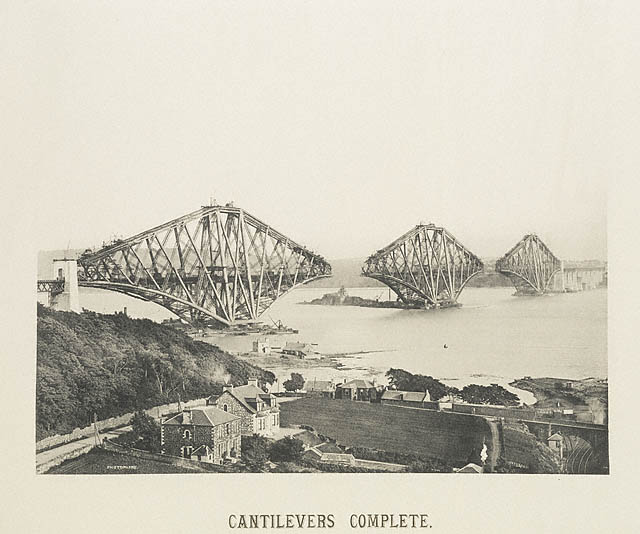Techdirt‘s Glyn Moody on the Getty’s recent innovation in allowing (relatively) unfettered access to public domain artwork in their collection:
Techdirt has published a number of posts that explore the issue of whether art organizations can stop people sharing images of works in their collections when the latter are indisputably in the public domain. Even if museums might be able to claim copyright in their “official” photographic images, the more important question is whether they ought to. The good news is that some institutions are beginning to realize that using copyright monopolies in this way contradicts their basic reason for existing — to share the joy of art. Here, for example, is a wonderful statement of that principle from the Getty Museum entitled “Open Content, An Idea Whose Time Has Come“:
Today the Getty becomes an even more engaged digital citizen, one that shares its collections, research, and knowledge more openly than ever before. We’ve launched the Open Content Program to share, freely and without restriction, as many of the Getty’s digital resources as possible.
The initial focus of the Open Content Program is to make available all images of public domain artworks in the Getty’s collections. Today we’ve taken a first step toward this goal by making roughly 4,600 high-resolution images of the Museum’s collection free to use, modify, and publish for any purpose.
These are high-resolution, reproduction-quality images with embedded metadata, some over 100 megabytes in size. You can browse all available images here, or look for individual “download” links on the Getty Museum’s collection pages. As part of the download, we’ll ask for a very brief description of how you’re planning to use the image. We hope to learn that the images will serve a broad range of needs and projects.
As that makes clear, the scheme is not strictly “freely and without restriction” since you are asked for a description of what you plan to do with the image; there’s also a request that attribution be given. However, these are minor restrictions.
For example, the full-sized version of this photograph of the construction of the Forth bridge in Scotland is available for download:
This image is available for download, without charge, under the Getty’s Open Content Program.
John Fergus
Scottish, July 9, 1889
Photogravure84.XB.874.3.1.34
Scotland’s Forth Bridge bridge was built to carry the two tracks of the North British Railway one and a half miles over the Firth of Forth between South Queensferry and North Queensferry, a hundred and fifty feet above high tide. This photograph shows the gargantuan structure’s recently completed cantilevers reaching across the firth like outstretched arms. The presence of this mighty bridge drastically altered both the landscape and the lives of nearby residents.
Requiring 55,000 tons of steel, 640,000 cubic feet of granite, and 8,000,000 rivets, the Forth Bridge remains one of the safest bridges in use today. Having witnessed the worst train disaster up to that time in the late 1800s, the Scottish public demanded an exceptionally sound structure. An earlier bridge had swayed and collapsed in the wind, killing seventy-five passengers and crew members on a passing night train. As a result the frightened public needed-and got-a bridge that looked as though it could never tumble down.




